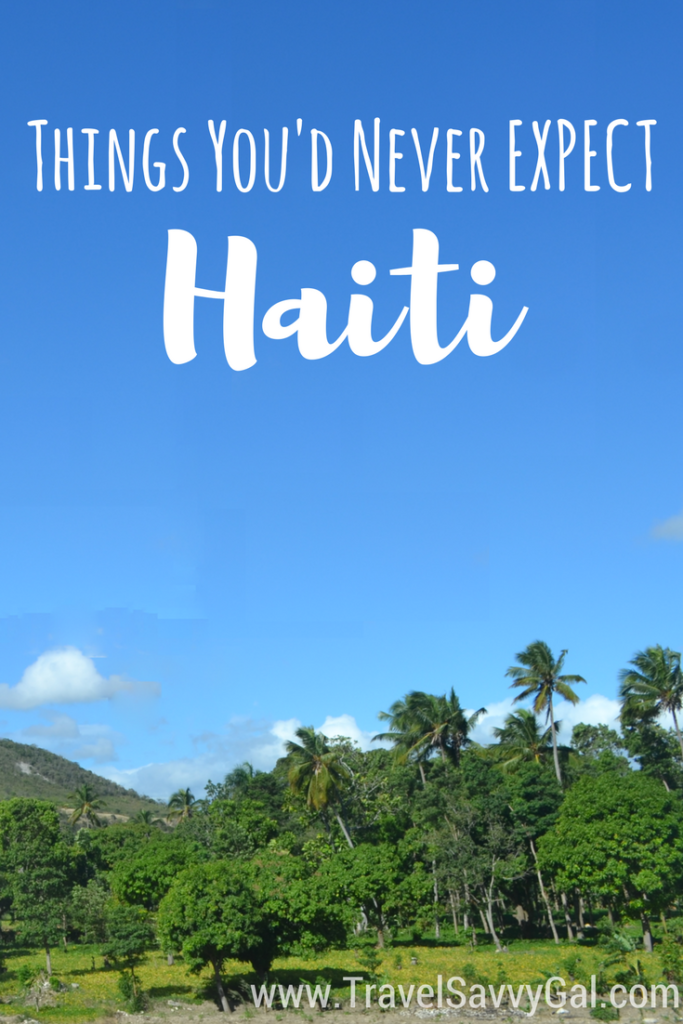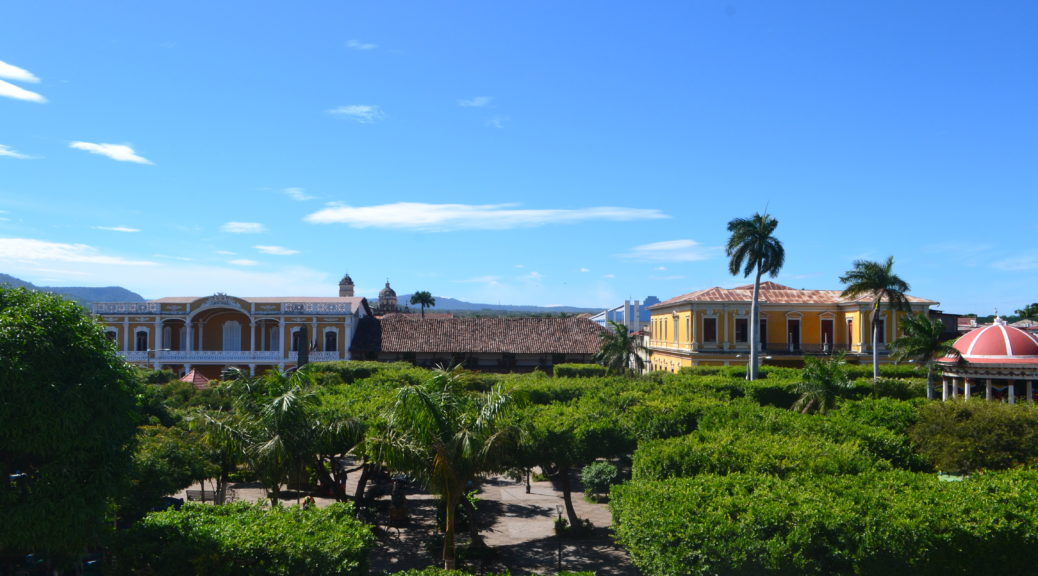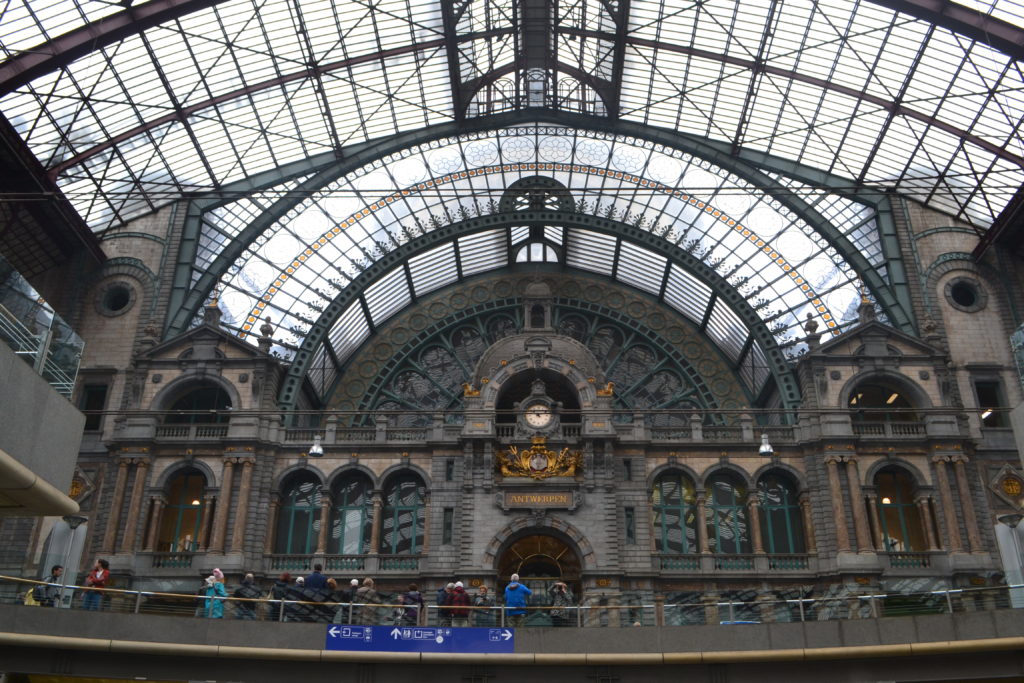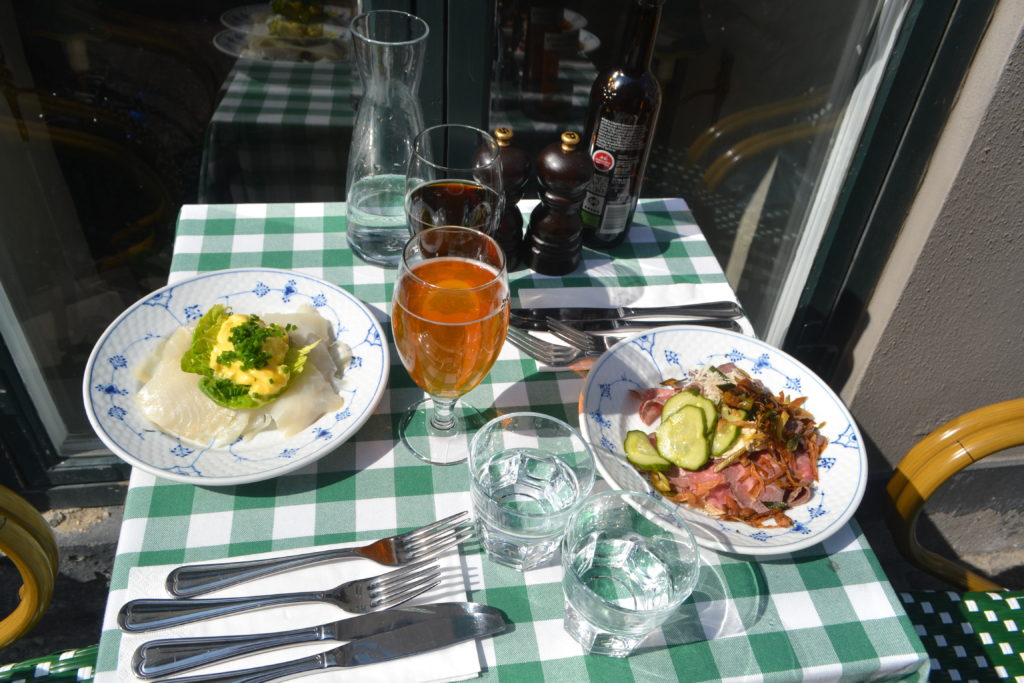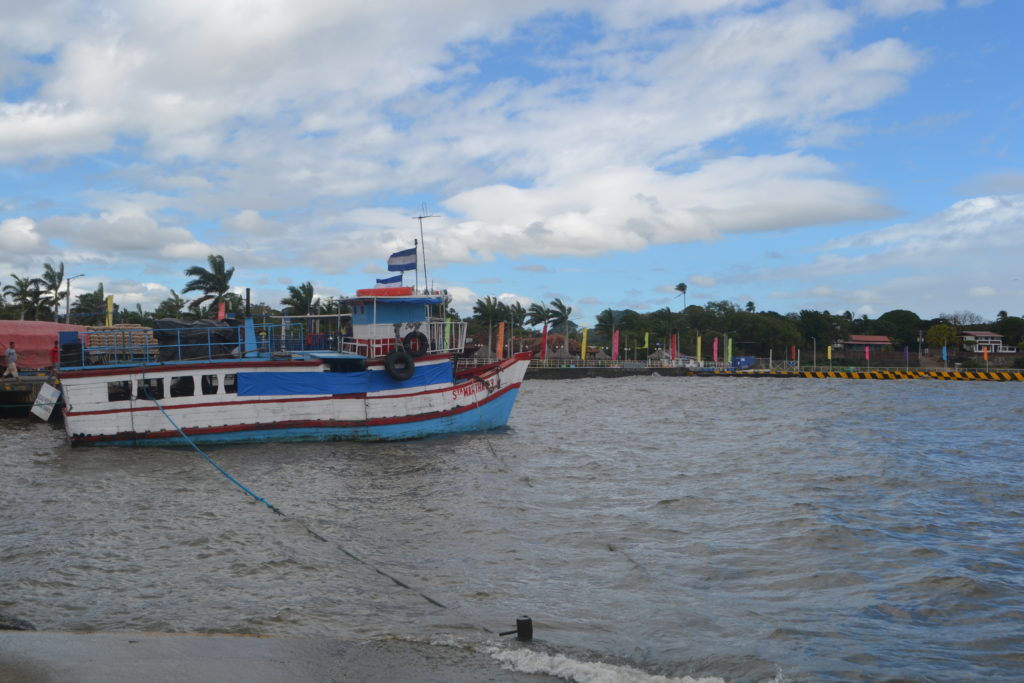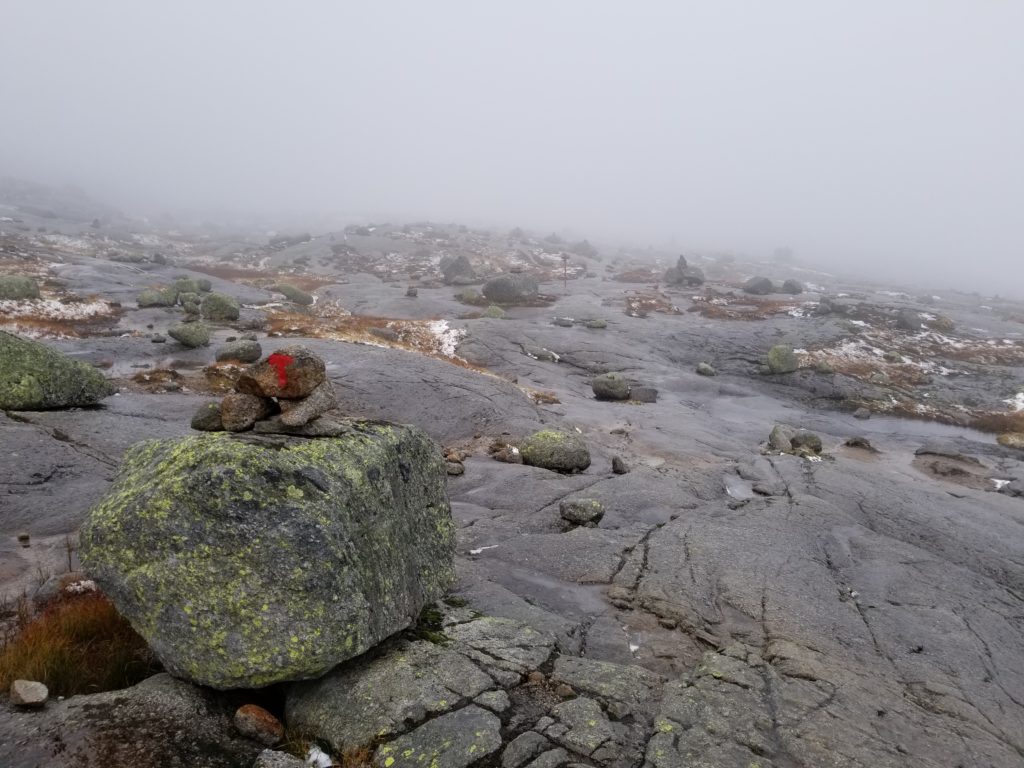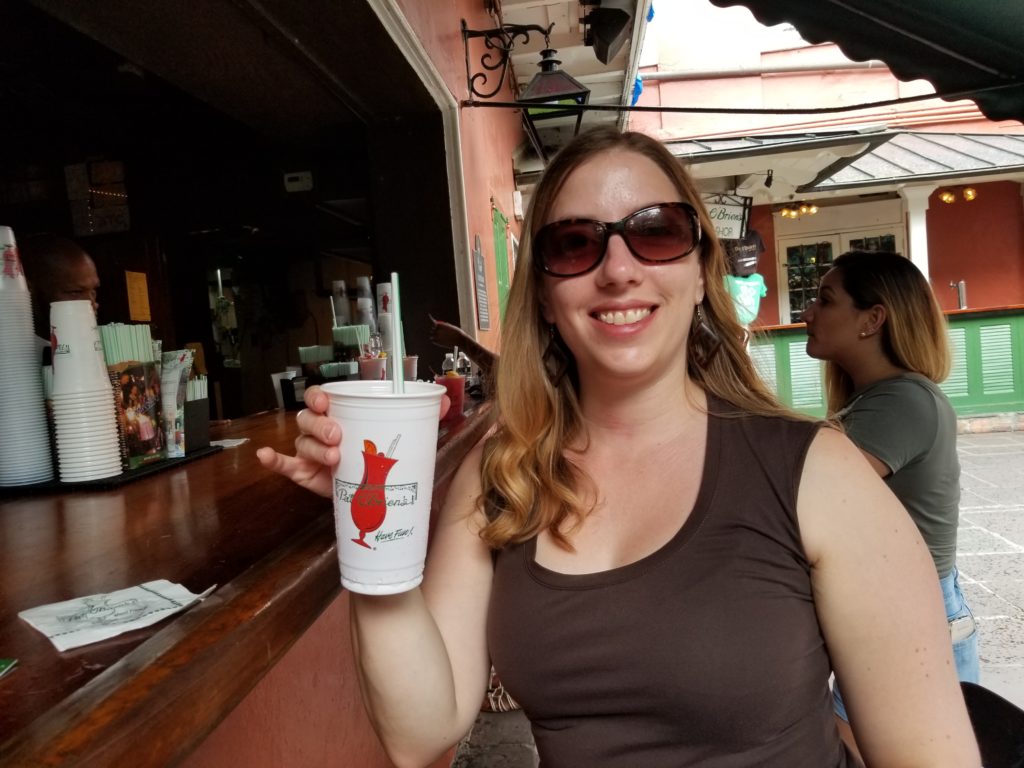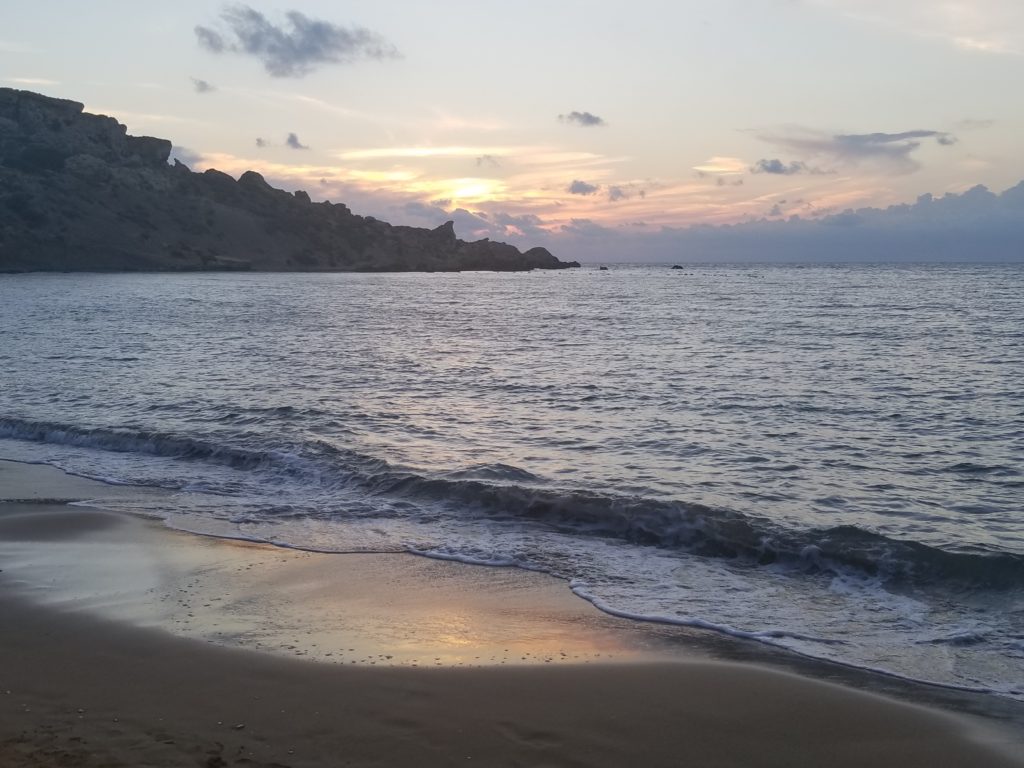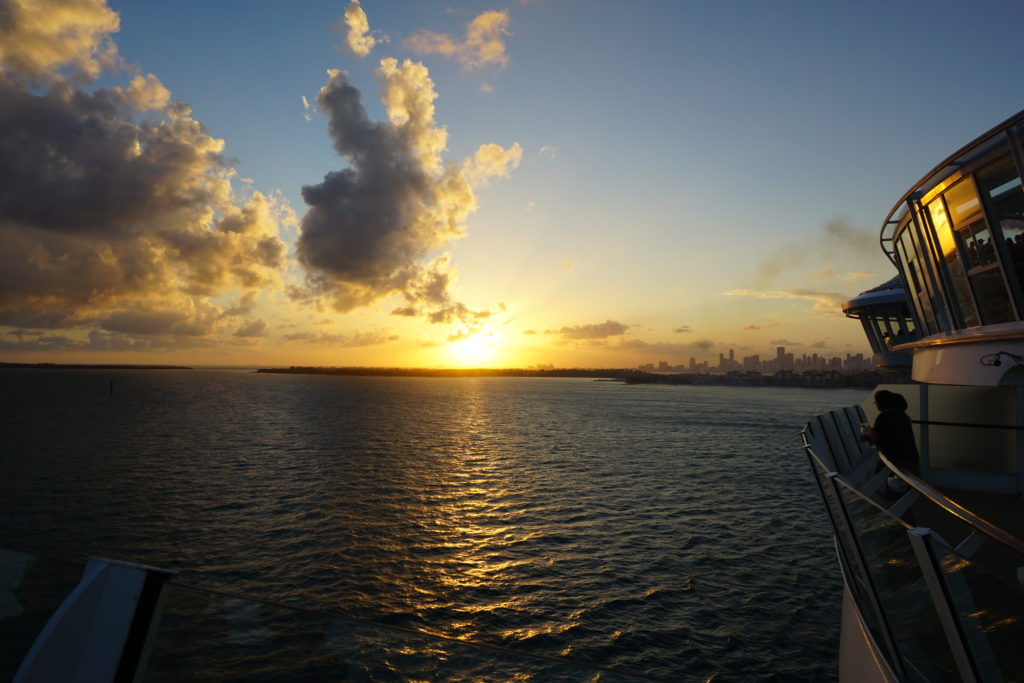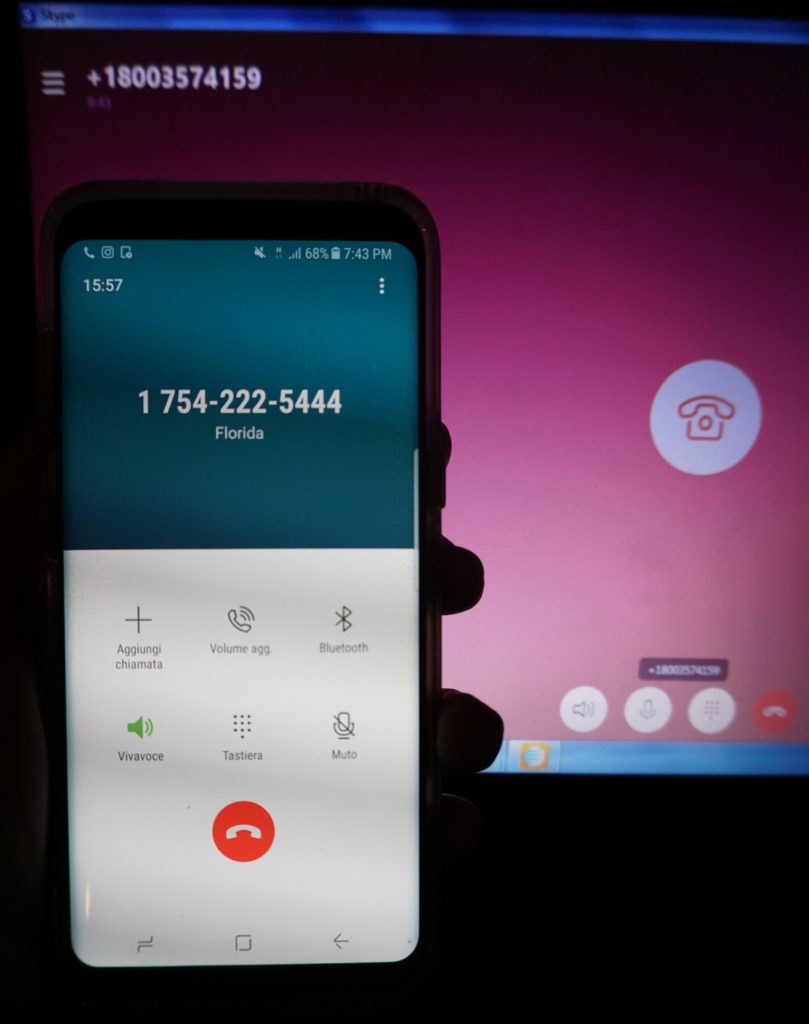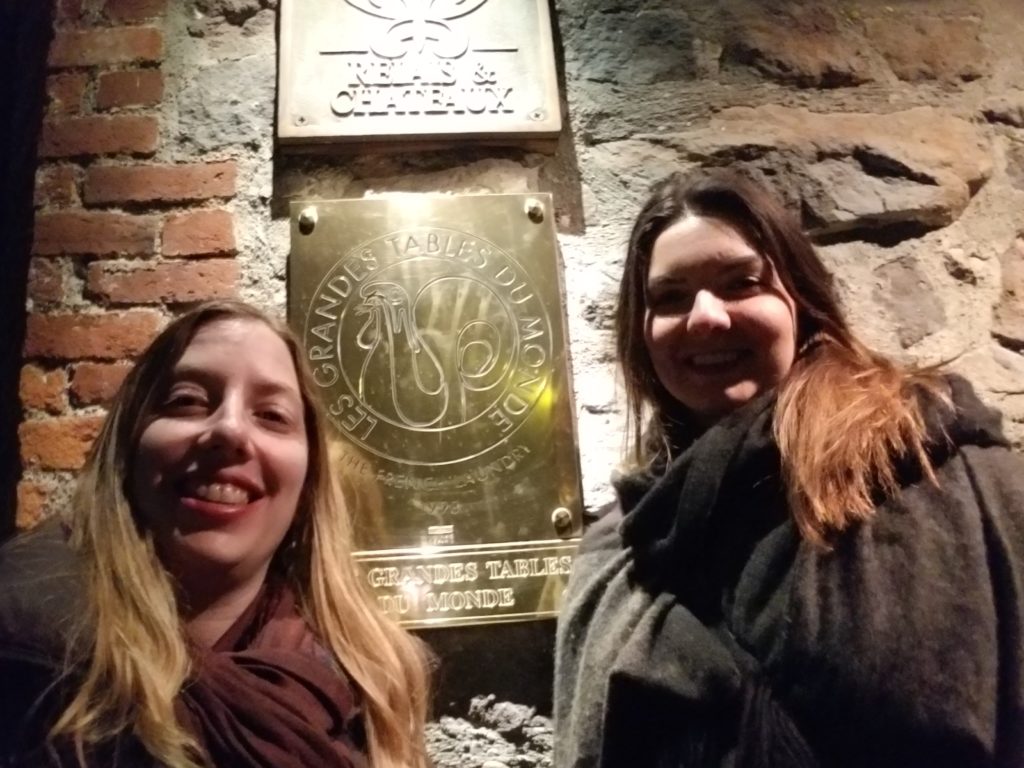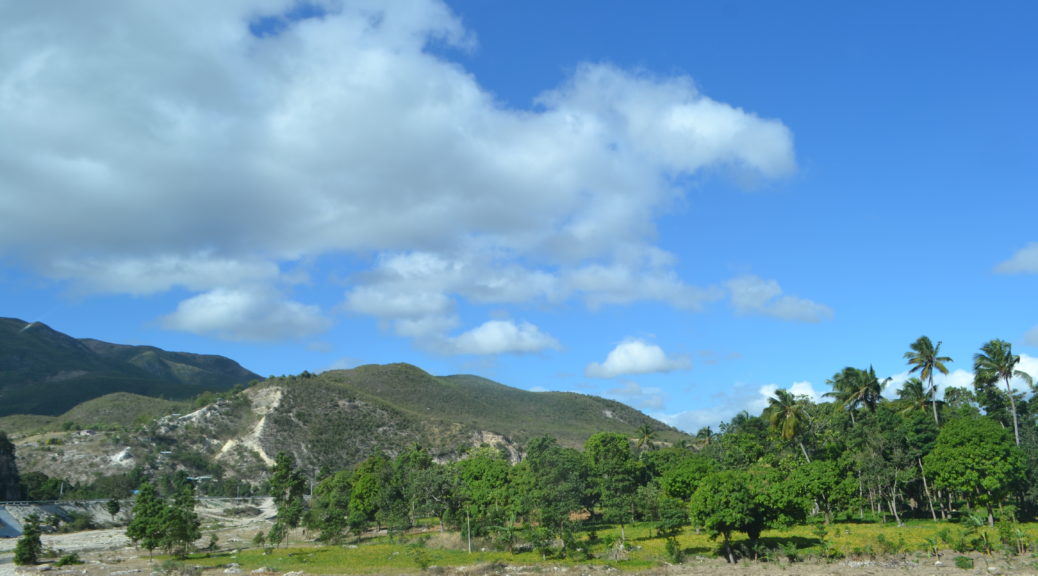
Things You’d Never Expect on a Trip to Haiti
**While Haiti was a lovely destination when I visited in February 2018, it is currently not safe for tourists (as of December 2018). Be sure to do your research and keep safety as your top priority before booking a trip.**
Since returning to the US from time living abroad a year ago, I’ve been to quite a few destinations in the Caribbean for vacation. I just didn’t expect Haiti to be one of them.
This was not my first visit to Haiti. Technically, anyway.
I did visit Labadee peninsula on Haiti’s northern coast for a day once, while on a Caribbean cruise with my family. But all I really saw that day was a beautiful beach.
This time I came to Haiti on a work trip over ten days, with about half the time spent in the capital city of Port-au-Prince and the other half to the north outside of the city.
I know Haiti does not top most people’s bucket list destinations, but I wanted to write about my experience anyway. For those of you who may never visit Haiti, it’s a bit of a glimpse into the culture and sights of this vibrant country. Or for the more adventurous readers out there, maybe you’ll consider taking a trip someday.
There’s only one way to know – read on!
Things You’d Never Guess to Expect on a Trip to Haiti
Finding travel information about Haiti was a bit of a challenge, as you might expect, with no Caribbean travel guide I perused even including it. First-hand accounts of people who had visited were few and far between. So other than a couple of friends-of-friends that I connected with, I was a bit of a blank slate going in.
I’m not exactly sure what I expected, but certainly there was plenty that I was surprised by.
Haitians take being presentable very seriously
I know enough French people to know that being oh-so-proper is typically French, I just didn’t realize how many French sensibilities had been internalized in Haiti. In my business meetings, men were always in long-sleeved dress shirts. Even when it was 32 degrees C/90 F outside and we were in rooms without air conditioning. Often there where blazers or suit jackets worn by both men and women. Plus, as you drive around you’ll see no shortage of shoe shining happening on the side of the road.
Speaking French only gets you so far in Haiti
I prepared to speak French. I don’t speak French particularly well, but with my Spanish and Italian language skills I understand a fair amount of both written and spoken French. Outside of business meetings though, everyone speaks Kreyol.
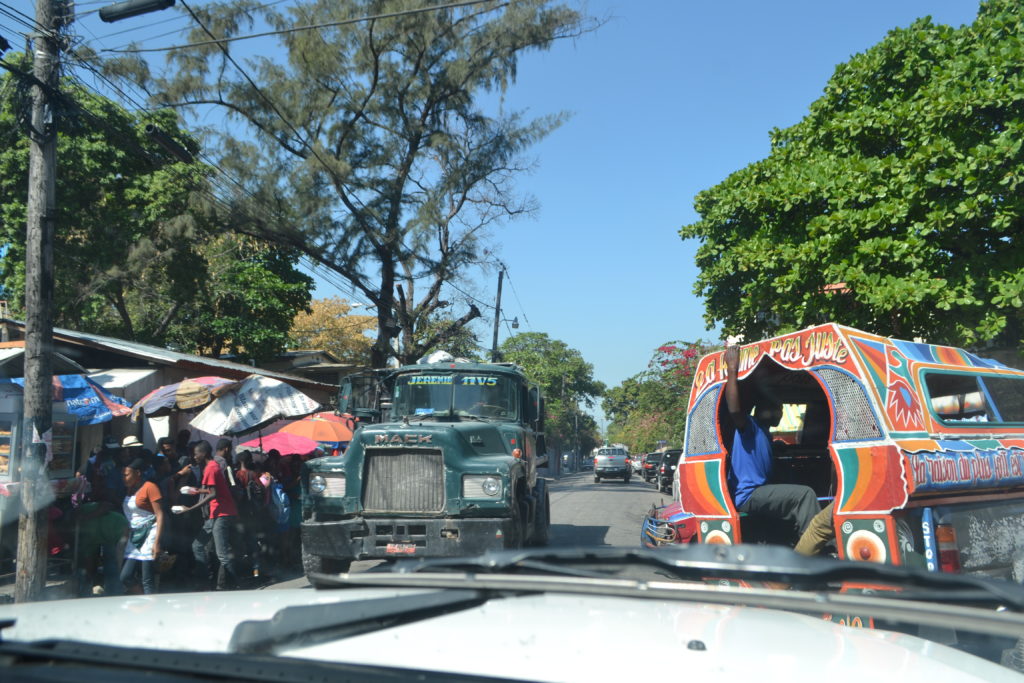
The main mode of transportation is the “tap tap”
I’ve seen collective taxis from the sherut service in Israel to the collectivos you’ll find in Latin American countries. What I’ve never seen before? Trucks that only know to stop when you bang the side of the vehicle – the “tap tap” sound that is also the name of the mode of transport.
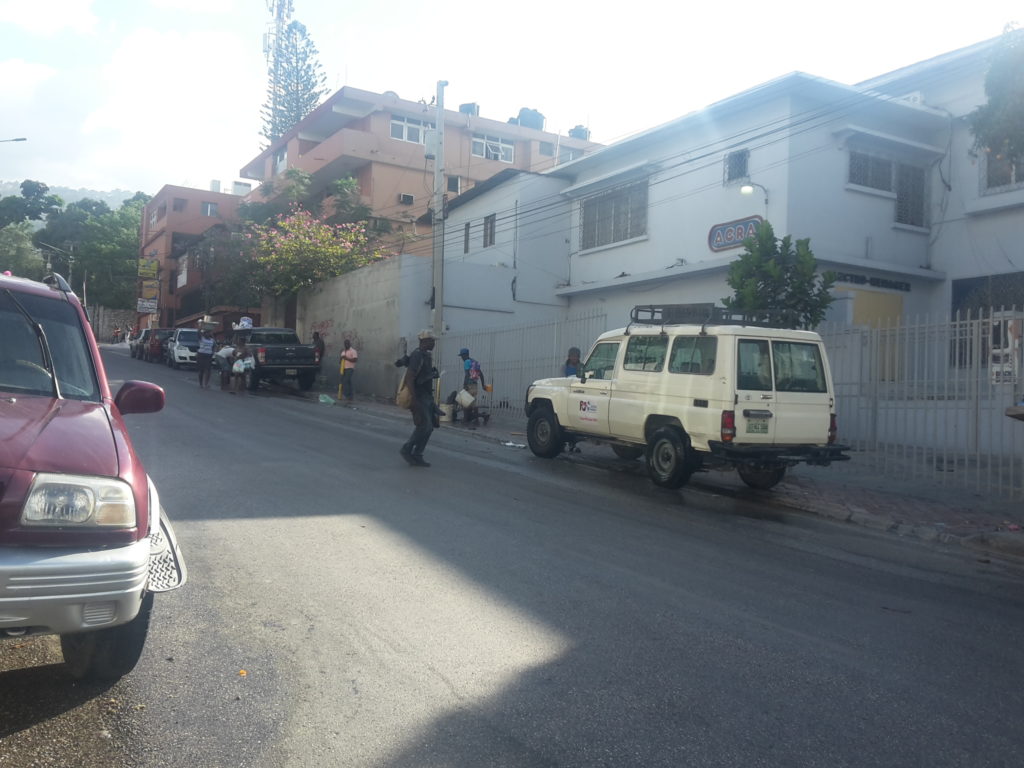
People get their cars washed on the side of the road
Driving around and during my limited wanderings on foot during the day, I saw plenty of people getting pop-up carwashes on the side of the road, especially in Port-au-Prince. Usually there were several people offering car washes lined up on the shady side of the street (it is tropical and hot there, after all) and no shortage of people waiting in line for their turn.
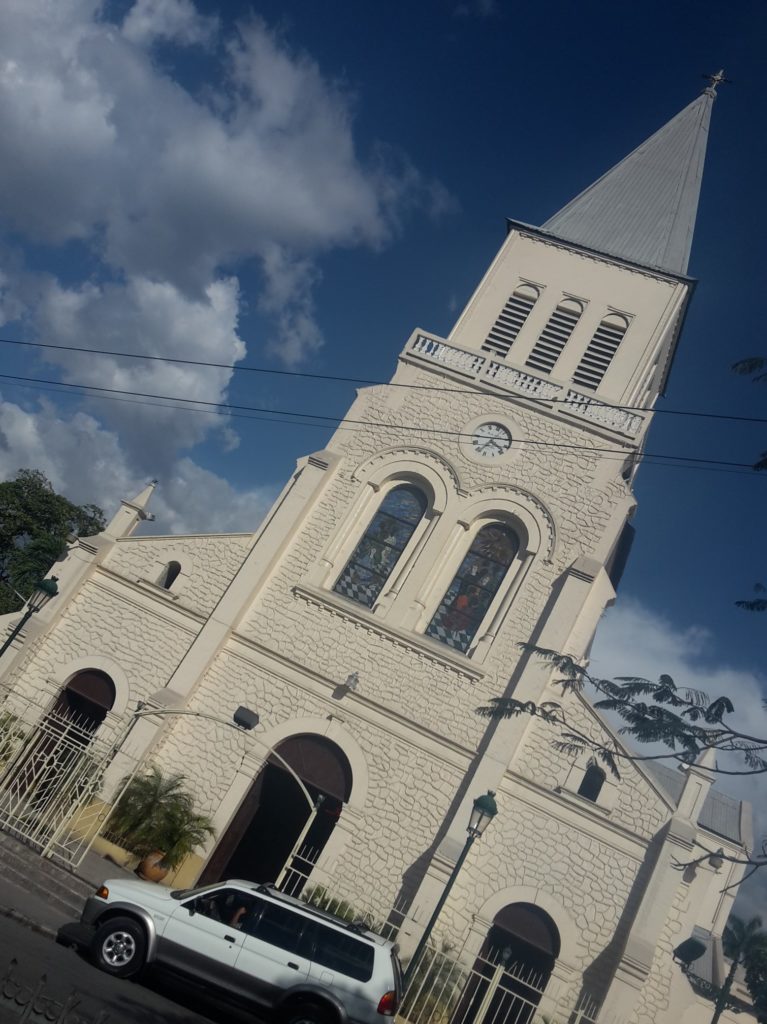
Churches are beautiful
Although many of Haiti’s churches sustained damage in the 2010 earthquake, the ones still standing that I visited were absolutely lovely. For a moment it felt like being a tourist in any church anywhere else.
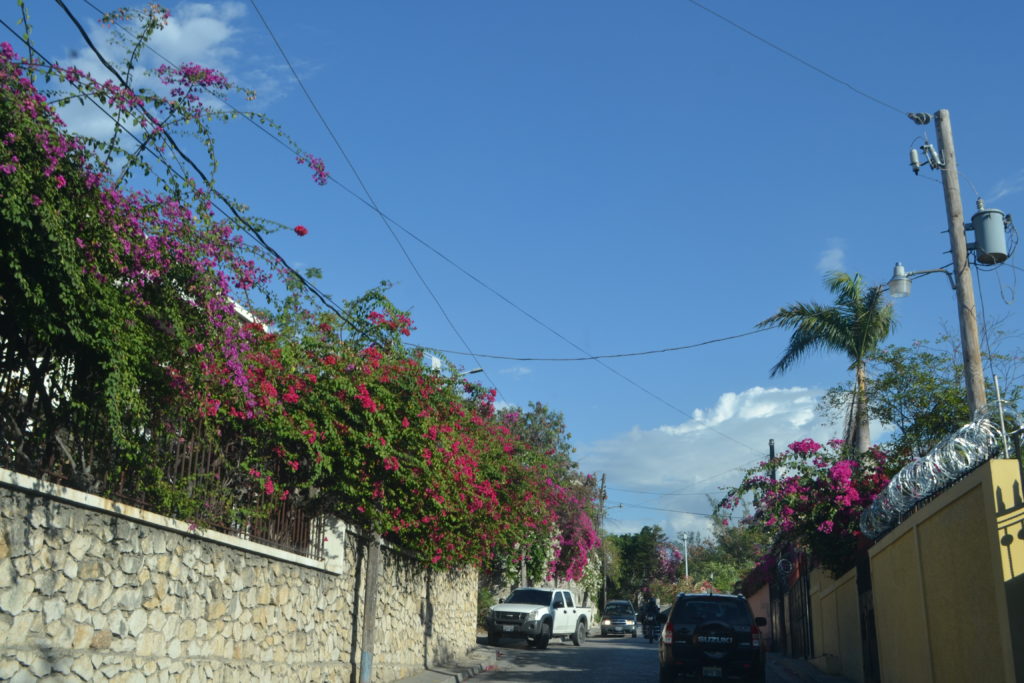
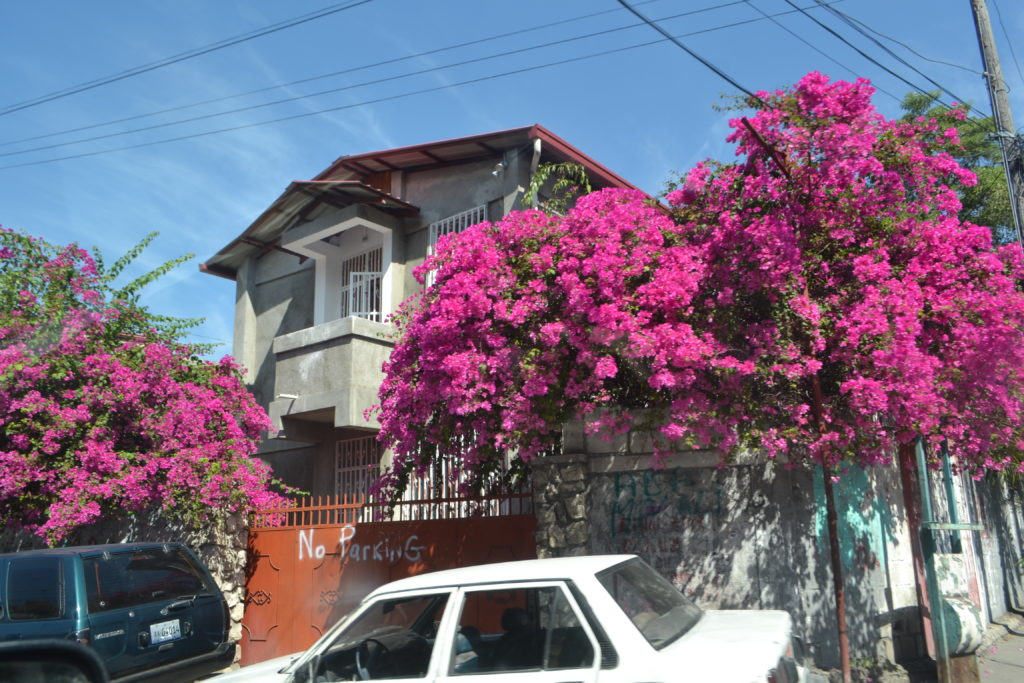
Bougainvillea at every turn
I saw a bit of bougainvillea peeking out over a wall and thought about how lovely it was. After seeing bougainvillea for the 10th time, I realized just how ever-present this flowering vine is all around Haiti, in bright shades of pink, purple, and orange.
There are so many Dominicans
Okay, sure, so both Haiti and the Dominican Republic share the island of Hispaniola. However I wasn’t expecting to encounter many Dominicans, although I met quite a few and got in a good amount of Spanish conversation during my trip.
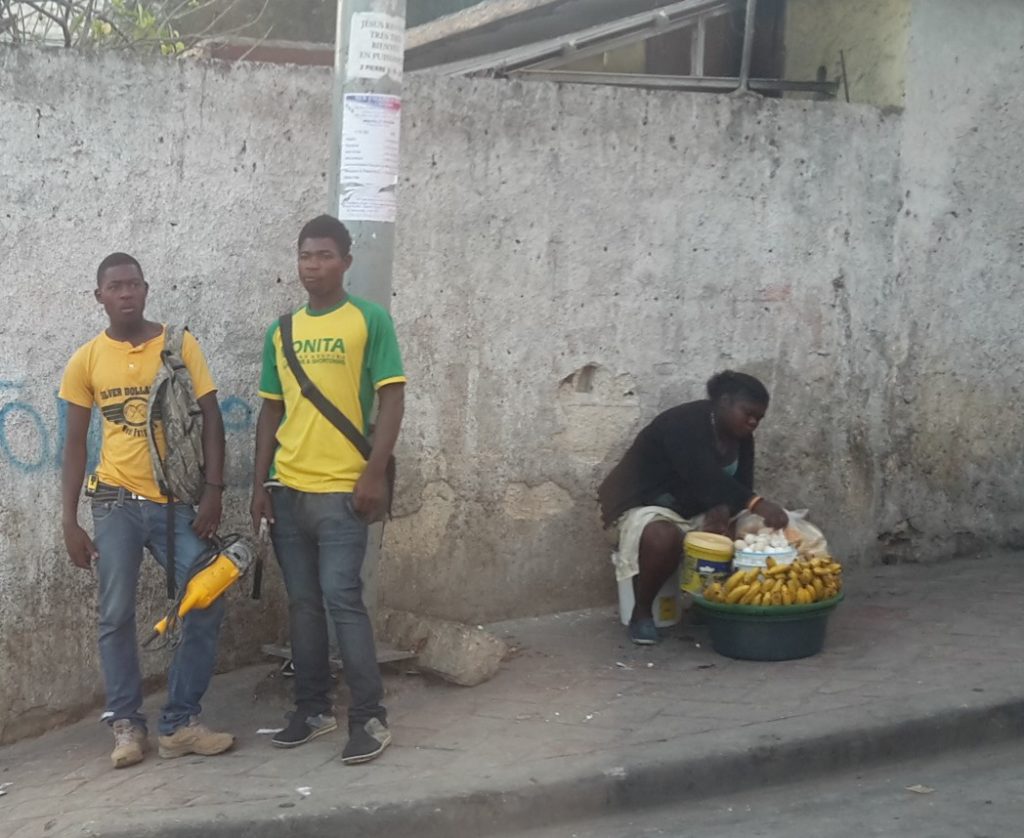
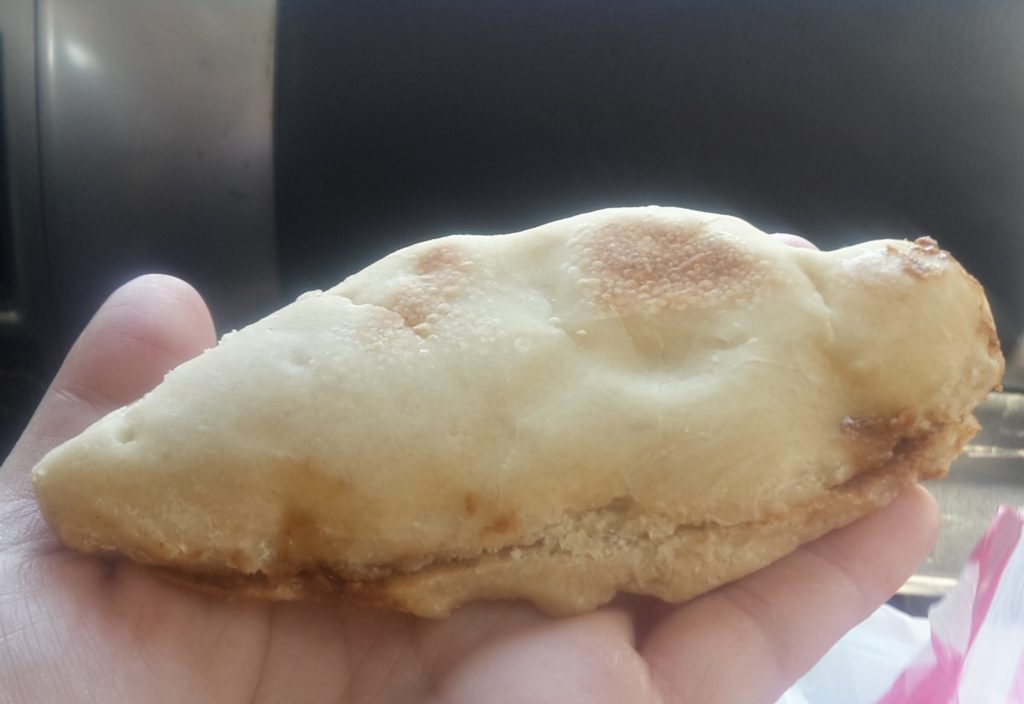
Street food vendors have very fresh ingredients
Markets are central to Haitian commerce, as I can attest to after sitting through many a traffic jam driving through a town on market day. Even the vendors walking around with a basket on their head are carting around the food of the day. When I heard about the spicy Haitian peanut butter called mamba, I expected that it would come slathered on some square white bread out of a package and was instead delighted to have incredibly fresh boat-shaped mini loaves of bread, sliced and spread with the mamba to order, and served with a banana for a bit extra.
Armed guards at every hotel and restaurant
I actually didn’t even consciously notice this at first. I used to live in Israel and have been back often to visit, and they take their security pretty seriously there. Israel aside though, it is quite unusual to have armed guards posted at the door everywhere you go.
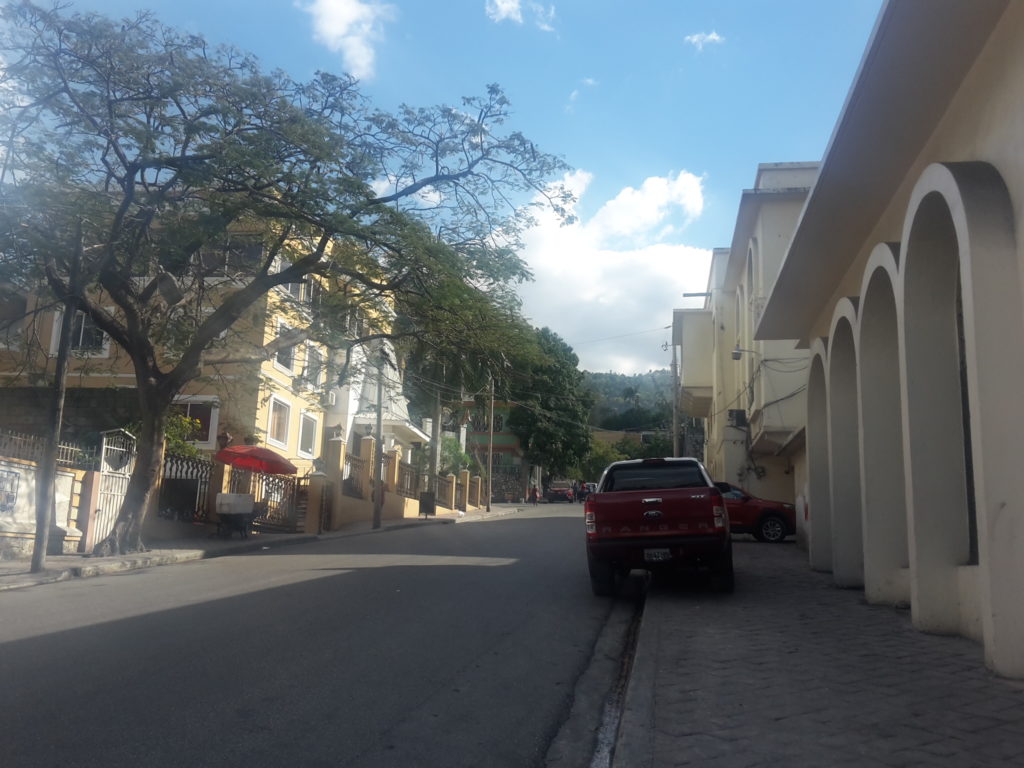
A parking spot can be anywhere
This is another thing I didn’t even take note of! Reading restaurant reviews (yes, I did, you know how I roll) I picked up on the fact that most people commented either that an establishment had plenty of parking or not enough. On the street, there are few and often no marked parking spots so the Haitians do the one thing I am all-too-familiar with from my time living in Italy – they jump the curb and park half on the sidewalk and half in the street.
The toilet situation was not as bad as I expected
I packed lots of tissue packs for my purse, wet wipes, and hand sanitizer, to be prepared for any bathroom situation that might arise. While I used all of these things at some point, in general I did not have nearly as many issues as I planned for, even at restaurants frequented mostly by locals. In fact, I used far more tissues as toilet paper in Naples, Italy than I ever did in Haiti.
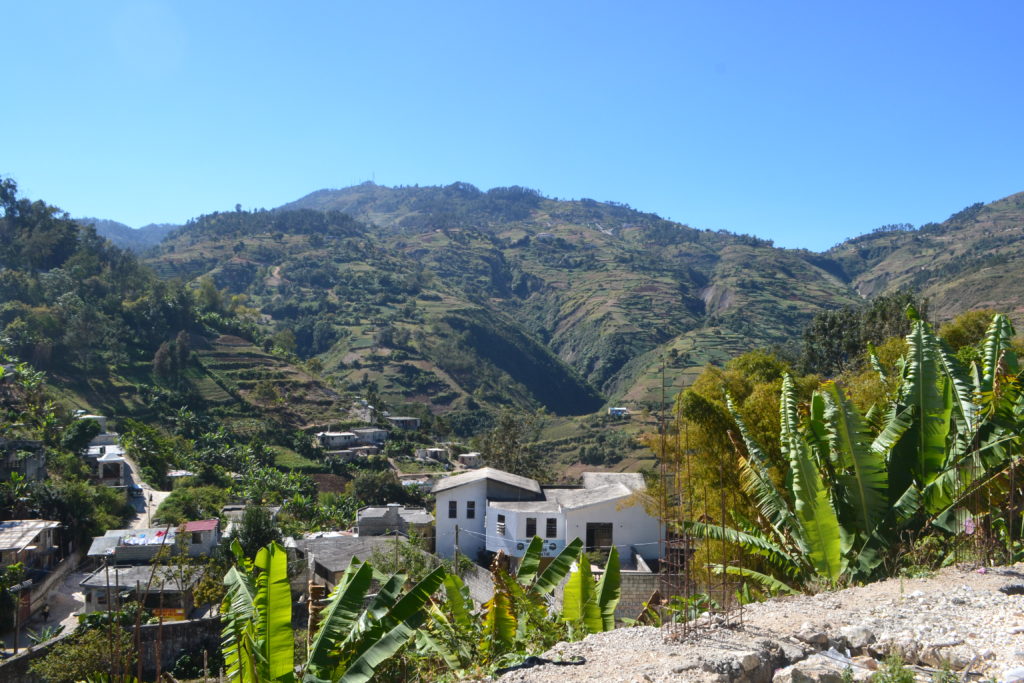
Mountains. Stunningly beautiful mountains.
You may have heard of the book [easyazon_link identifier=”0812980557″ locale=”US” tag=”travelsavvyga-20″]Mountains Beyond Mountains[/easyazon_link] about Dr. Paul Farmer, but that doesn’t even begin to describe how many lush green mountains you’ll encounter in Haiti. Every time you think you’ve reached the end of a range or are too close to the sea, another mountain pops into view.
Tourist attractions
You know something is a tourist attraction when you’re in a foreign country and the first person who approaches you to give a tour speaks to you in English. This is what happened to me when I arrived at Fort Jacques outside of Port-au-Prince, and it was just like colonial forts I’ve visited elsewhere in the Caribbean. Although I didn’t have time to see it all, there are plenty of similar attractions throughout the country to explore.
READ MORE: How to Spend One Day in Nassau, Bahamas
https://www.instagram.com/p/Bfoh-ApHsT5/
Vibrant art is everywhere
From mosaics to street art to paintings for sale, Haitians are all about their art. You’ll also see sculptures, wood carvings, and designs in metal without even seeking them out. I wish I had more time to explore the art scene during my time, it’s all absolutely lovely.
https://www.instagram.com/p/Bf0l3unHNuO/
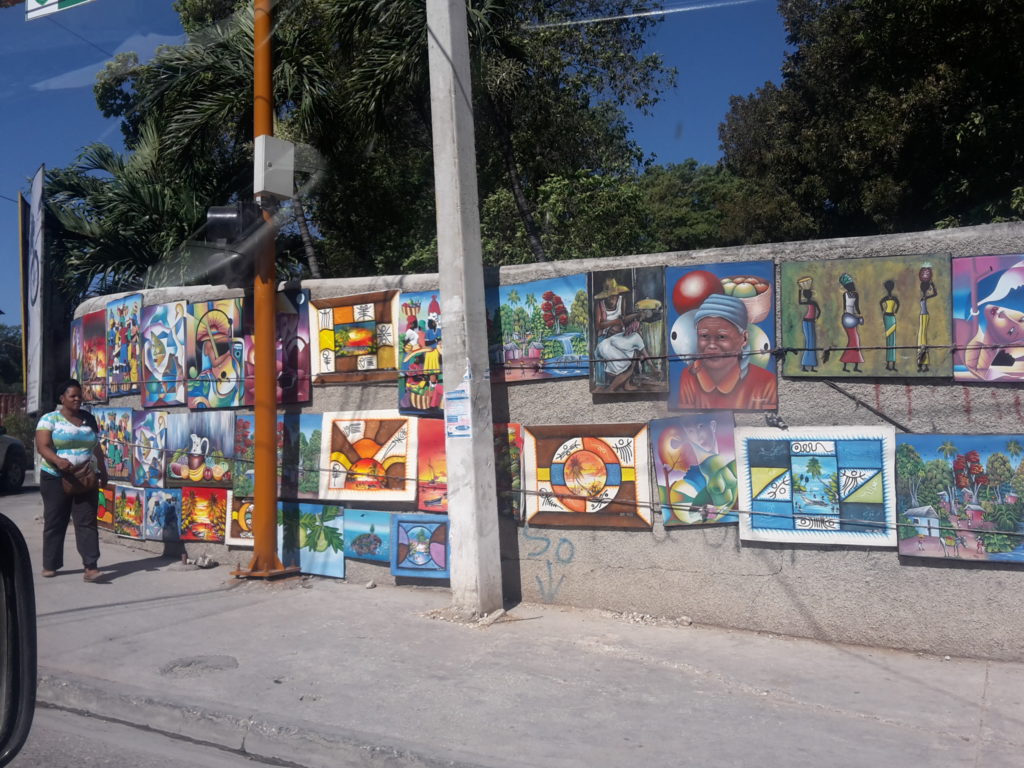
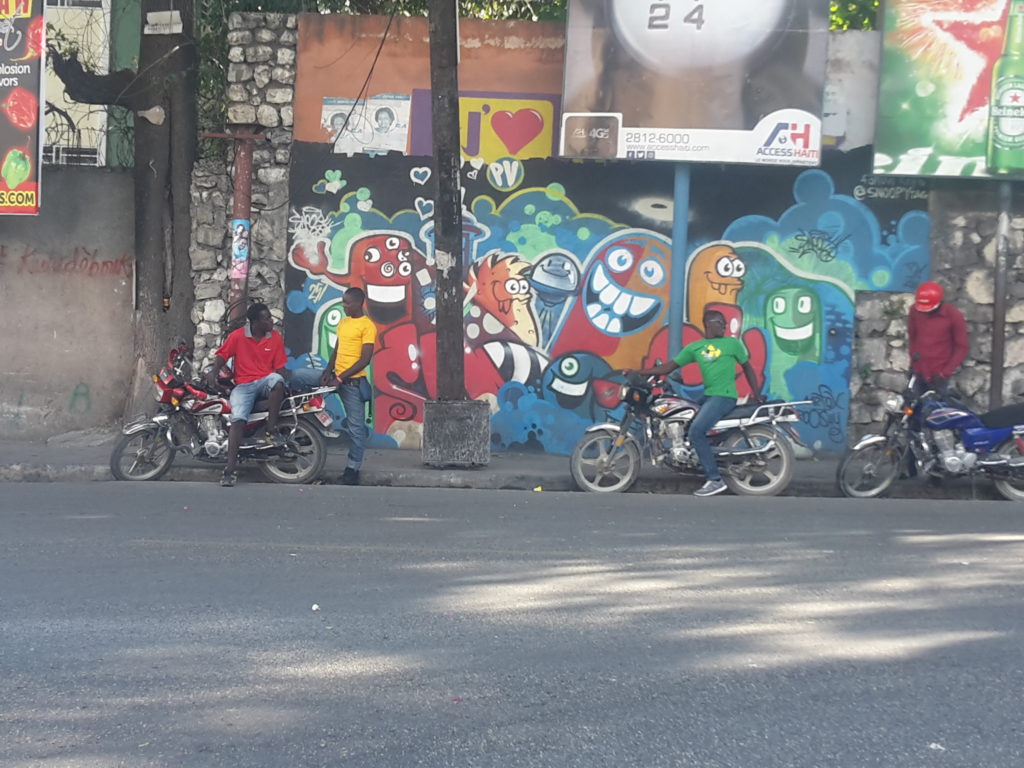
Latin Dance nights
Nope, I’m not confused about which blog post I’m writing, I went to a fabulous Latin Dance night during my time in Port-au-Prince, dancing salsa, bachata, merengue, and copa. The most unusual part – and I’ve gone Latin dancing in many places – was that almost none of the salsa music was Spanish! Instead it was salsa versions of popular tunes across a wide range of genres, from “Love Potion No. 9” to “Redemption Song” to “Wrecking Ball.”
Really nice restaurants
Port-au-Prince has some great dining destinations, and I was fortunate to explore many of them during my stay. I enjoyed delicious escargot at Brasserie Quartier Latin, some of the best goat of my life at La Plantation, and Middle Eastern delights like kibbeh at Magdoos along with a glass of excellent Viognier.
A modernized airport
I spent an inordinate amount of time at my hotel the night before my departure being sure to print out hard copies of my boarding passes for my flight back to the US. And then I arrived at the airport in the morning to find that it’s a very automated check-in procedure with scanning machines just like in any modern city I’ve visited. With some very serious airport security. Just know that anyone who comes to help you with your luggage or check-in is really there for a tip.
Should You Visit?
As I traveled to Haiti for work, I didn’t intend to write a post about going as a tourist – but you might want to visit as one!
There will be plenty of natural beauty and friendly people to appreciate if you do go.
The travel warnings out there are legitimately scary and fear-inducing – and sadly exist for a reason – so if you do decide to visit Haiti, there are some key guidelines to follow to do it safely.
What You’ll Need
A Trustworthy Driver or Tour. It is not recommended for visitors to transport themselves anywhere. I’m normally the type of traveler who dives into public transport, however even taxis aren’t recommended as they can be part of crime targeting foreigners. All of my transport was either with the driver from work or the hotel shuttle. Find a driver you can trust or go on an organized trip.
→ The only company I’ve seen doing organized tours of Haiti is G Adventures. While I have never traveled with them, other travel bloggers have, and they recommend them as being a responsible tourism provider offering quality trips. You can learn more about their Haiti trips HERE.
→ I didn’t know about this company at the time of my visit, but thanks to a recent Essence magazine article, I found out about the Haitian Nomad, which does many types of day tours around Haiti. Get more information about possible tours HERE.
Mental preparation for airport chaos. This was the biggest thing I was told in advance of flying to Port-au-Prince, and you will need to keep your wits about you in the airport before you even find your trusty driver! There will be lots of people swooping in to help and expecting tips before you even get to the person who will usher you through your trip.
Lots of immunizations and health precautions. Haiti has both malaria and zika, plus has a fair number of communicable diseases you can catch, including from the water and food. You’ll definitely want a whole host of immunizations before you go as well as to be taking many precautions while in country. I was lucky to not have any health issues, although I also came prepared and used my heavy-duty bug spray liberally.
An openness to adventure. Haiti is definitely a destination I’d recommend for the more seasoned traveler, who is flexible and open to the unknown and adventure. For most visitors, the local culture will be quite different from what is typical at home, and having an open mind will be key to enjoying a visit.
Limitations on Your Visit
You can’t drink the water. I also avoided fresh salads that might have been washed in water and drinks with ice, except at higher-end restaurants.
You can’t walk on your own at night. Even if your hotel is a 5-minute stroll by foot. Even if you will walk fast. Even if it’s just around the corner. It’s just not safe.
Walking on your own during the day is fine, but might get uncomfortable. When I was in Port-au-Prince walking around during the day, I was on my own. I was the only white person that I saw on the street and was very obviously and immediately identified as a foreigner. I encountered people begging for money with every step. Someone tried to swindle me for gas money by saying, “Don’t you remember me? I’m the security guard from the restaurant you ate at on Monday.” (He wasn’t.) And there are signs of poverty everywhere you look and of people who are out on the streets all day that you’re probably not accustomed to (like a woman peeing on the sidewalk crouched next to a truck).
There are very long transit times to drive between places. Don’t just look at how close things are on a map of Haiti, and assume you’ll be able to get there quickly. Most “highways” in Haiti only have a single lane in each direction and often questionable road conditions. And that’s even before taking into account the traffic. I encountered traffic at rush hour, traffic on market days, traffic from animals crossing the road, and the worst traffic delay of the trip when there were student protests blocking the road and a 40-minute trip instead took 2 hours.
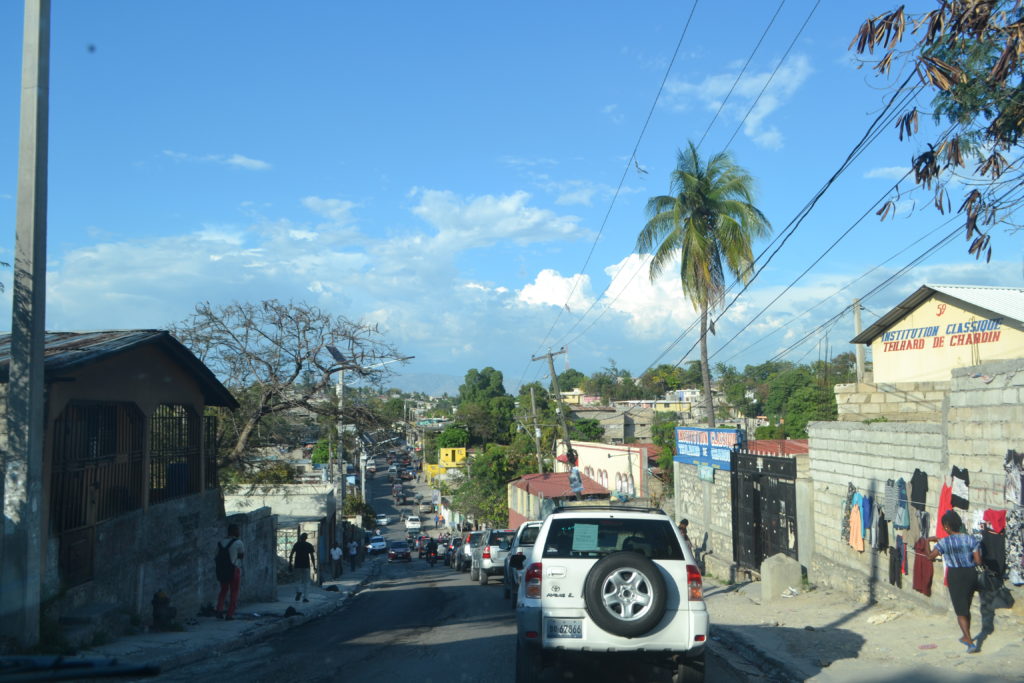
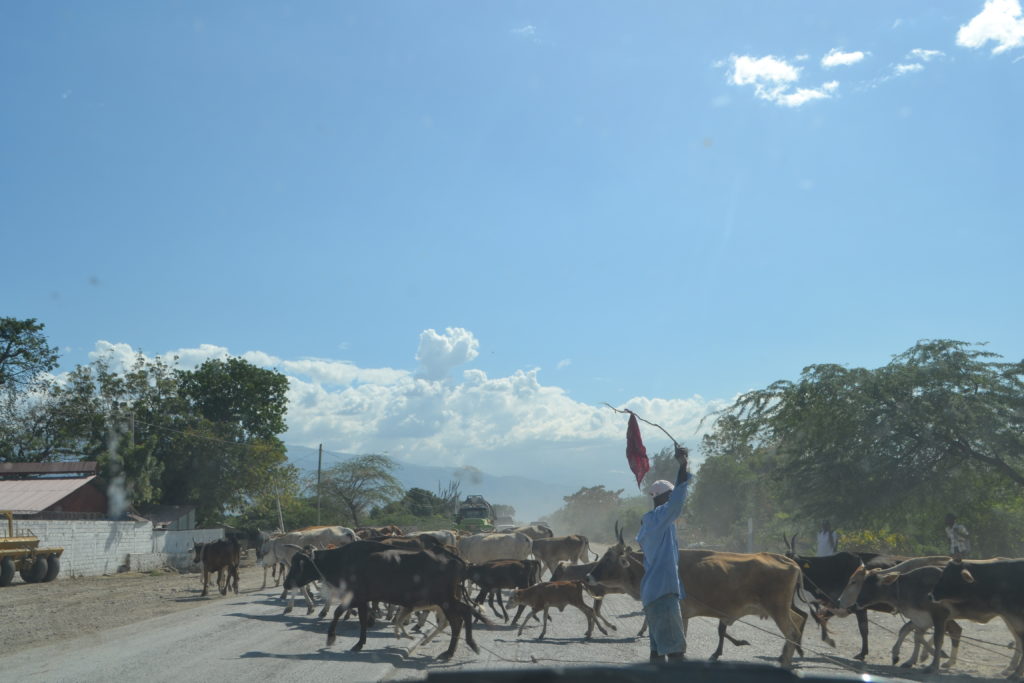
Benefits of a Trip to Haiti
Natural beauty. The mountains are stunning. My day hiking was one of my favorites from the trip. The beaches are idyllic, with the same clear turquoise water you’ll see across the Caribbean, and far fewer crowds. You could quite happily park yourself at a beach resort for a week and be thrilled.
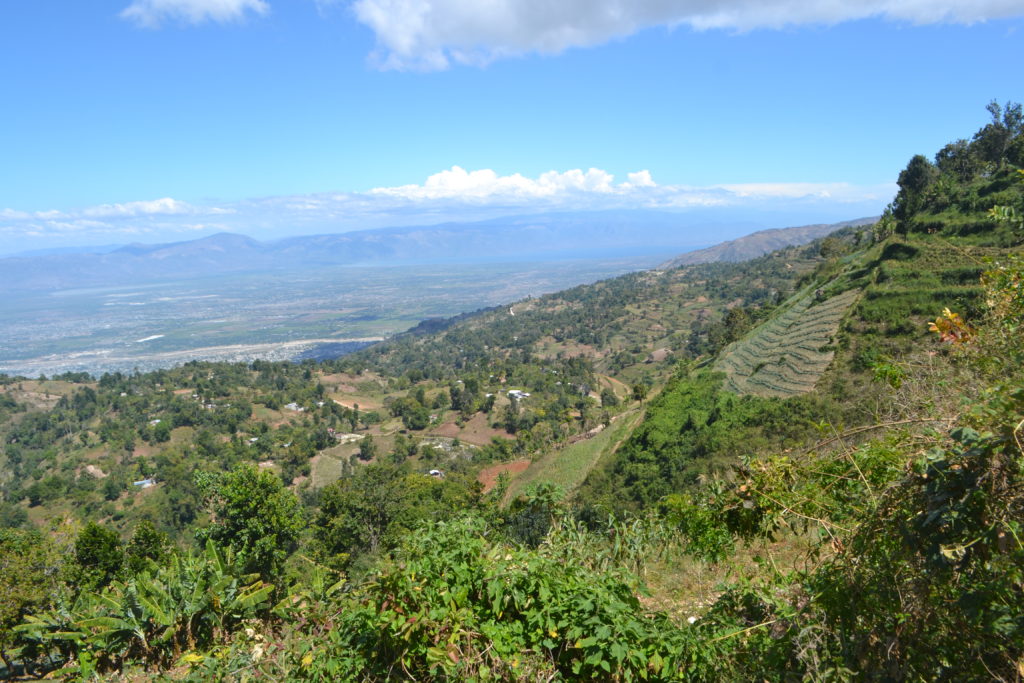
Historical sights. I got to visit Fort Jacques and Fort Alexandre outside of Port-au-Prince, and only wish that I had more time to explore in other parts of the country. Although I was geographically close to other spots, the driving time did not allow for a visit to the Citadelle or Sans-Souci Palace or Fort des Oliviers, all of which look incredible. Read a recent tourist’s account of visiting Haiti, including these notable sights, HERE.
Amazingly flavorful, spicy food and local specialties. I had delicious dishes in Haiti that I haven’t seen anywhere else in the Caribbean. There was the spicy peanut butter called mamba that would come spread on fresh bread, the dish known as accra made from a grated root vegetable called malanga that’s fried into patties, and the djon djon mushroom from the north that’s used to flavor rice or chicken.
I even got to savor the juice of local cachiman (different apparently from the custard apple the internet pulls up) that you probably won’t be able to sample anywhere else. I only ordered this because I picked the one thing whose name I didn’t recognize on the juice list, and it turned out to be delicious – like a fabulously light and creamy (almost) coconut milk.
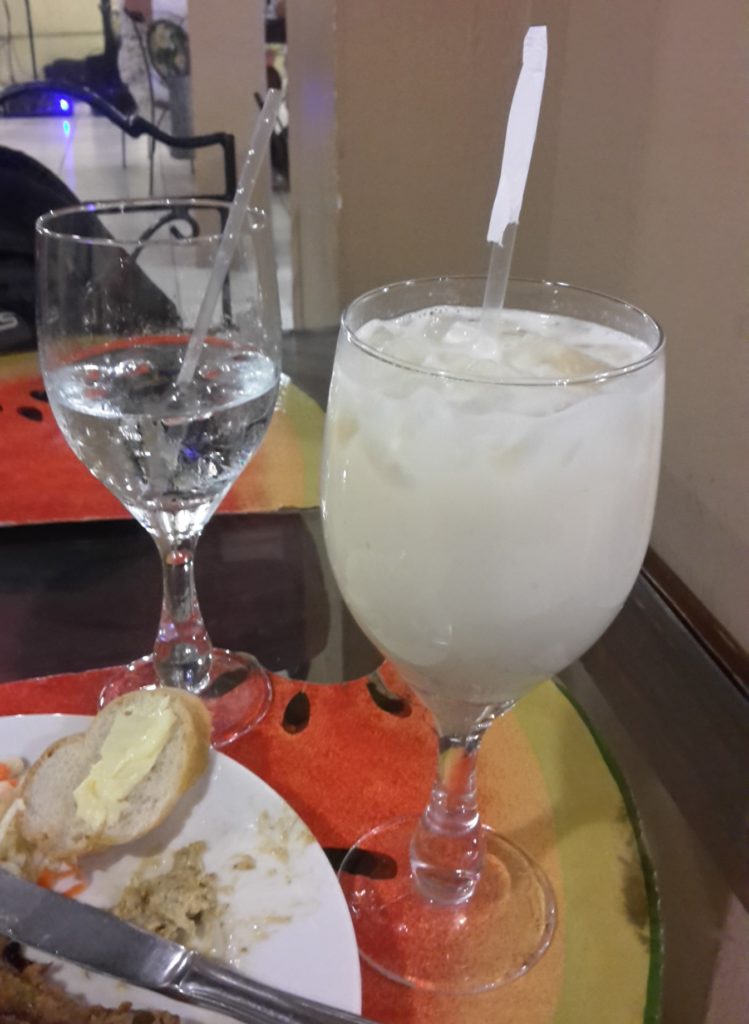
It’s wayyy off-the-beaten-track for tourism. No one I encountered was in Haiti for vacation. Which may be why you want to go!
TIP! Yes, Haiti is a lovely country, but there is also a lot to be wary of in order to stay safe. I would only recommend a visit to Haiti for the seasoned traveler prone to being over-cautious and not taking any unnecessary risks.
Recommended Haiti Reading
Are you curious about Haiti now? Well good. There are plenty of fiction and non-fiction books out there that will help give you the flavor of life in Haiti and also a bit more about the challenges the country has faced. I blew through these books, which was a great accompaniment to my visit.
[easyazon_image align=”none” height=”160″ identifier=”1841629235″ locale=”US” src=”https://www.travelsavvygal.com/wp-content/uploads/2018/03/51TlkhAfOqL.SL160.jpg” tag=”travelsavvyga-20″ width=”99″]
[easyazon_link identifier=”1841629235″ locale=”US” tag=”travelsavvyga-20″]Haiti: Bradt Travel Guide[/easyazon_link] by Paul Clammer. Last updated in 2017, this is pretty much the only current travel guide out there for Haiti and has a wealth of information about visiting and Haitian culture.
[easyazon_image align=”none” height=”160″ identifier=”0812980557″ locale=”US” src=”https://www.travelsavvygal.com/wp-content/uploads/2018/03/51PqIAnvBbL.SL160.jpg” tag=”travelsavvyga-20″ width=”108″]
[easyazon_link identifier=”0812980557″ locale=”US” tag=”travelsavvyga-20″]Mountains Beyond Mountains: The Quest of Dr. Paul Farmer, A Man Who Would Cure the World[/easyazon_link] by Tracy Kidder. Tells the story of a doctor revolutionizing rural health care in Haiti and also impacting global health efforts.
[easyazon_image align=”none” height=”160″ identifier=”1551524988″ locale=”US” src=”https://www.travelsavvygal.com/wp-content/uploads/2018/03/512BRsfQ629L.SL160.jpg” tag=”travelsavvyga-20″ width=”110″]
[easyazon_link identifier=”1551524988″ locale=”US” tag=”travelsavvyga-20″]The World is Moving Around Me: A Memoir of the Haiti Earthquake[/easyazon_link] by Dany Laferrière. A first-hand account of Haiti’s 2010 earthquake by a Haitian author who has lived in Canada for decades but just happened to be in Haiti on the day of the quake.
[easyazon_image align=”none” height=”160″ identifier=”1610390989″ locale=”US” src=”https://www.travelsavvygal.com/wp-content/uploads/2018/03/51NJsmltqL.SL160.jpg” tag=”travelsavvyga-20″ width=”106″]
[easyazon_link identifier=”1610390989″ locale=”US” tag=”travelsavvyga-20″]Haiti: After the Earthquake[/easyazon_link] by Dr. Paul Farmer. Written by the doctor who is the subject of the first book on the list, he tells his account of treating the injured in the earthquake’s aftermath and gives context for the scope of the disaster.
[easyazon_image align=”none” height=”160″ identifier=”0307472272″ locale=”US” src=”https://www.travelsavvygal.com/wp-content/uploads/2018/03/51y2BA1CjNOL.SL160.jpg” tag=”travelsavvyga-20″ width=”104″]
[easyazon_link identifier=”0307472272″ locale=”US” tag=”travelsavvyga-20″]Claire of the Sea Light[/easyazon_link] by Edwidge Danticat. Fictional story set in Haiti by one of its most famous authors, who has a range of other books as well. I always love reading fiction set in a place for giving me a sense of the destination without it being the central point of the story, and her other books also come highly recommended. [easyazon_link identifier=”161695700X” locale=”US” tag=”travelsavvyga-20″]Krik Krak[/easyazon_link] is next on the list for me.
Where is the most off-the-beaten-path place you’ve been in your travels? What surprised you most about Haiti from this post? Would you ever consider a visit to Haiti for vacation? Let me know in the ‘Comments’ below!
Enjoyed this post? ‘Pin it’ to share on Pinterest & save for later!
